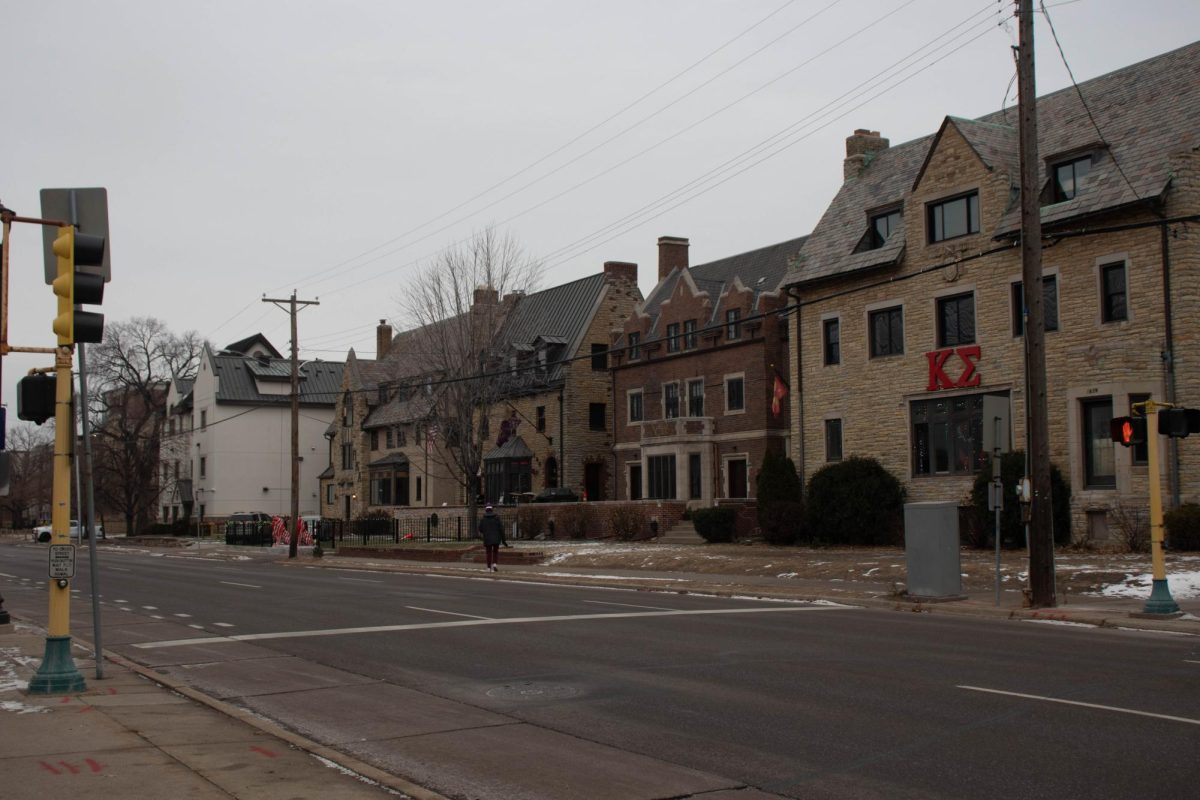The Rev. Martin Luther King Jr. has become one of America’s “founding brothers.” We celebrate his life as a man who shaped the nation’s life as few others have.
Racial progress is a train that left the station decades ago, driven in great part by King during his brief life, and much has been accomplished. It is easy to forget how much.
Traveling in the South in the early 1940s, the Swedish writer Gunnar Myrdal was appalled to learn that any white person could “strike or beat a Negro, steal or destroy his property, cheat him in a transaction and even take his life, without much fear of legal reprisal.” He discovered black people were “excluded not only from the white man’s society but also from the ordinary symbols of respect.” It would have been a major social violation to address a black woman as “Mrs. Washington” – “Mrs.” was a term reserved for whites. Few black people could vote, and blacks and whites were kept apart on streetcars, buses and railroads as well as in schools, waiting rooms, restaurants, hotels, boardinghouses, theaters, cemeteries, parks, courtrooms, public toilets and every other public space.
In the North, the picture was better, yet a color line kept blacks out of the best-paying and most desirable jobs, the better restaurants and most white neighborhoods and schools. In fact, some states allowed local communities to operate dual educational systems. Remember: Brown v. Board of Education involved segregated schools in Topeka, Kan.
The curtain came down on the Jim Crow South in the 1950s and 1960s – largely because of the movement King led. The civil rights revolution changed hearts and minds and the law. By 1972 there was almost no dissent – even in the South – from the notion that whites and blacks should have an equal opportunity to get any kind of job. By 1972, 84 percent of whites agreed that black and white students should attend the same schools.
The status of blacks today is radically different than it was a half century ago when almost 90 percent of blacks lived in poverty. By now, more than 40 percent of blacks describe themselves as middle class, and one-third live in suburbs. College attendance rates are as high as those for whites – although a high percentage drops out before getting a four-year degree. Blacks are CEOs and occupy lofty positions in the federal government. The good news is often little acknowledged or understood.
But, as everyone knows, all is not well. Many point to persistent black poverty, to the number of black children born to young and unmarried women, to incarceration rates for black men and other discouraging facts. But the most discouraging news has barely been discussed until recently: the appalling racial gap in K-12 academic achievement.
That gap between whites and Asians on one hand, blacks and Hispanics on the other, is the main source of ongoing racial inequality. Students with equal skills and knowledge – whatever their color – will have roughly equal earnings. This was not true yesterday. It is today. Schooling has become the key to racial equality.
Here is a brief glimpse of the racial gap in skills and knowledge:
On the nation’s most reliable tests – the National Assessment for Educational Progress (NAEP) – the typical black or Hispanic student at age 17 is scoring lower than at least 80 percent of his or her white classmates. On average, these non-Asian minority students are four years behind those who are white and Asian. They are finishing high school with a junior high education. Thus, the employer hiring the typical black high school graduate (or the college that admits the average black student) is, in effect, choosing a youngster who has only made it through eighth grade.
In five of the seven subjects tested by NAEP, most black students perform in the lowest category – below basic. And few score at the top of the NAEP scale.
The racial gap in academic achievement is an educational crisis. But it is also the nation’s most important civil rights issue. King’s work remains unfinished. It is time to join a new crusade – one dedicated to changing U.S. education in ways that will create a level playing field.
Tinkering around the edges of school reform will not do. We still desperately need the radical and imaginative leadership that King once so brilliantly provided.
Thernstrom is a commissioner on the U.S. Commission on Civil Rights and co-author of “No Excuses: Closing the Racial Gap in Learning.” Send comments to [email protected]







